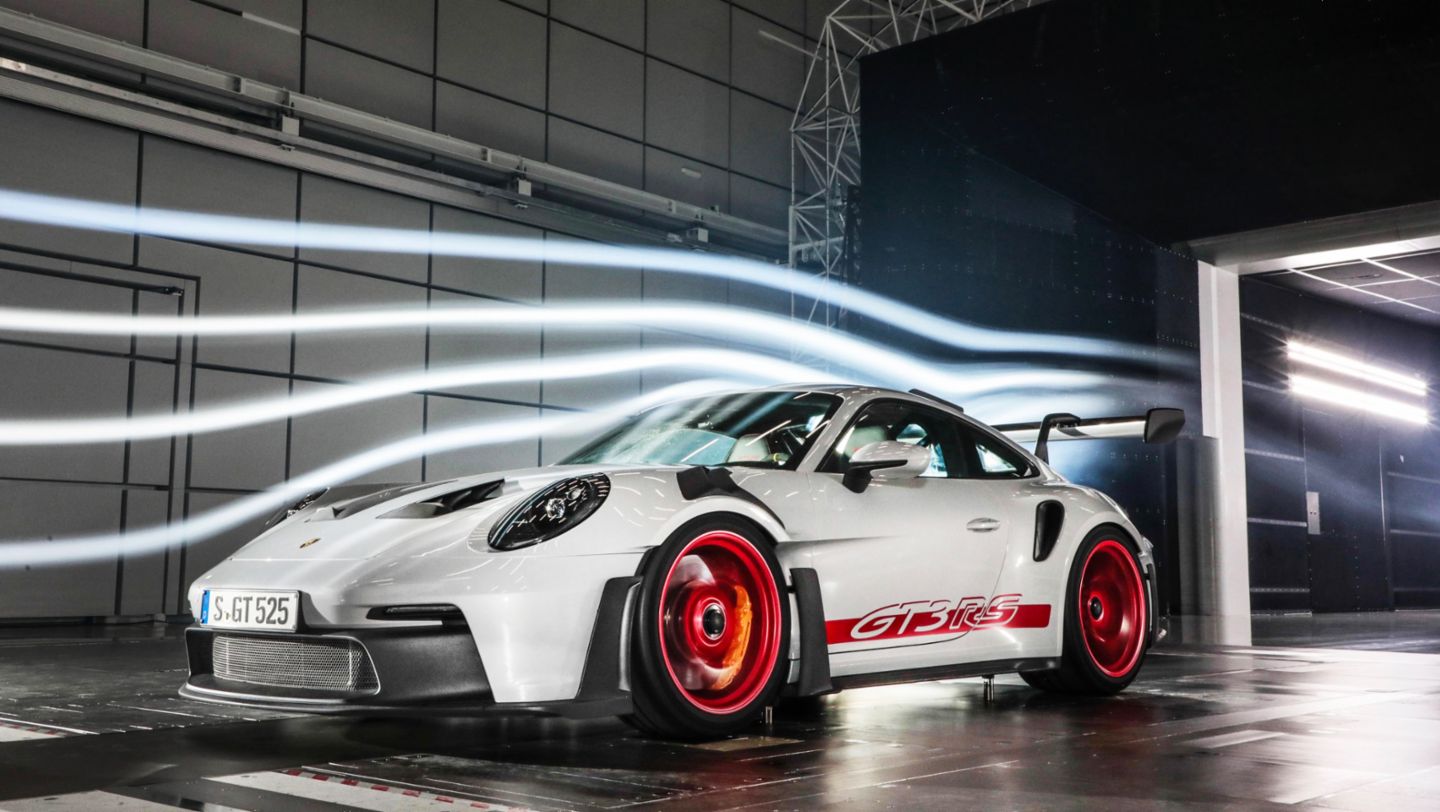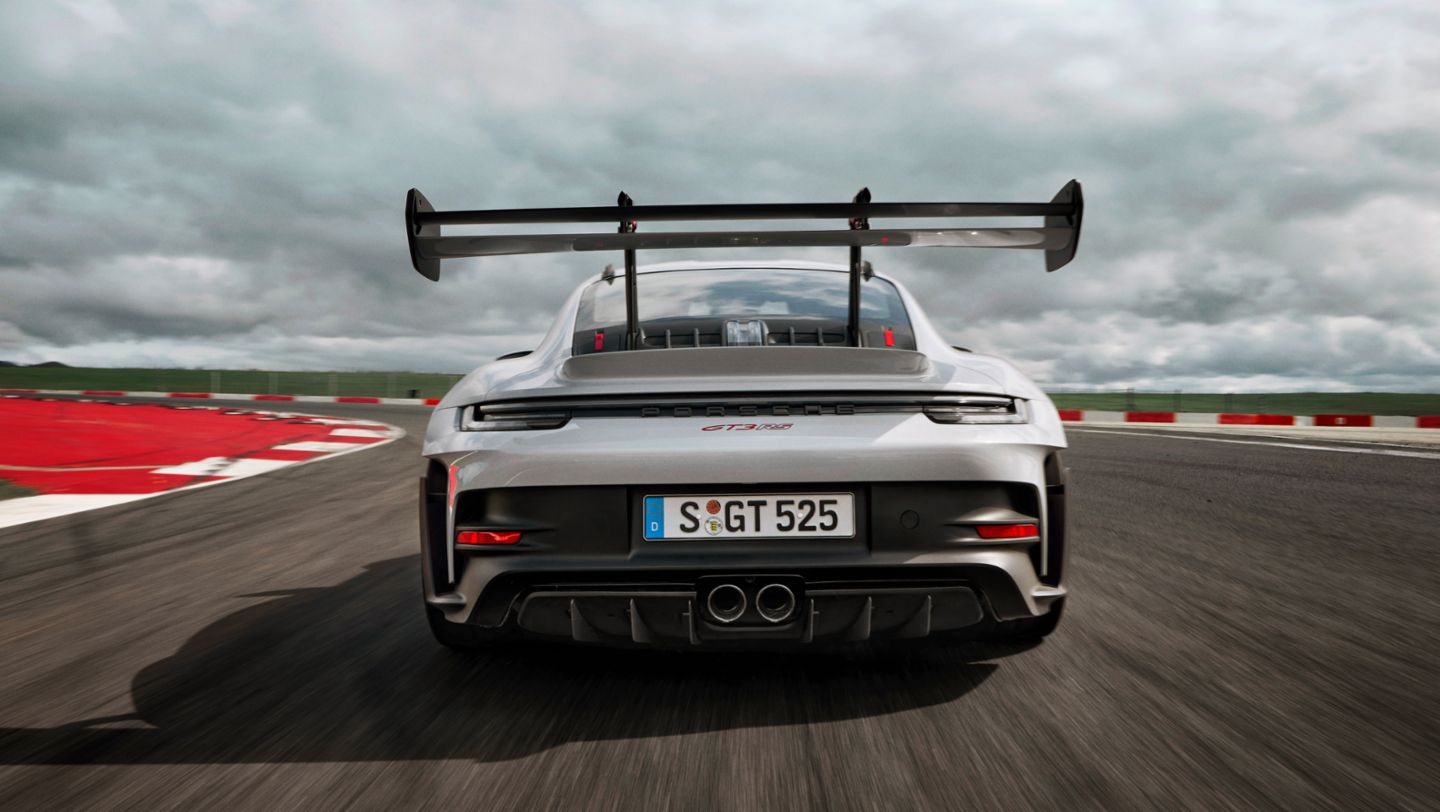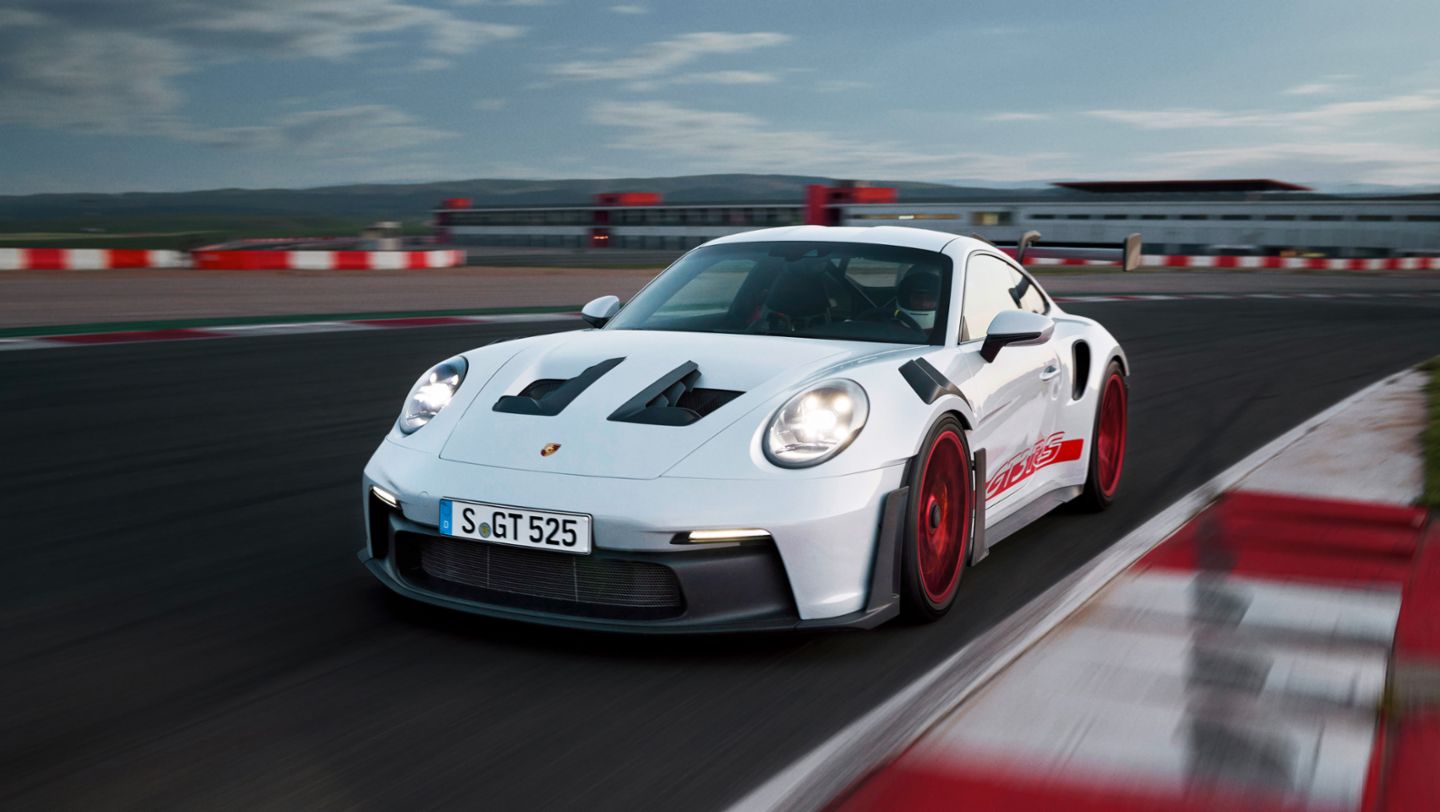The 911 is timeless, always young and attractive, thanks in large part to the strong genes of the original 911 from 1963. But the continuous momentum of the iconic 911 is rooted in portfolio management that is forever unearthing new character traits, which also plays a key role. “We cater for a wide range of lifestyles with the 911 derivatives,” says Michael Steiner, the Member of the Executive Board responsible for Development. “Our youngest protagonists are called GT3 RS and Dakar. Creativity and ability in development and series ensure the uniqueness and desirability of our brand.”
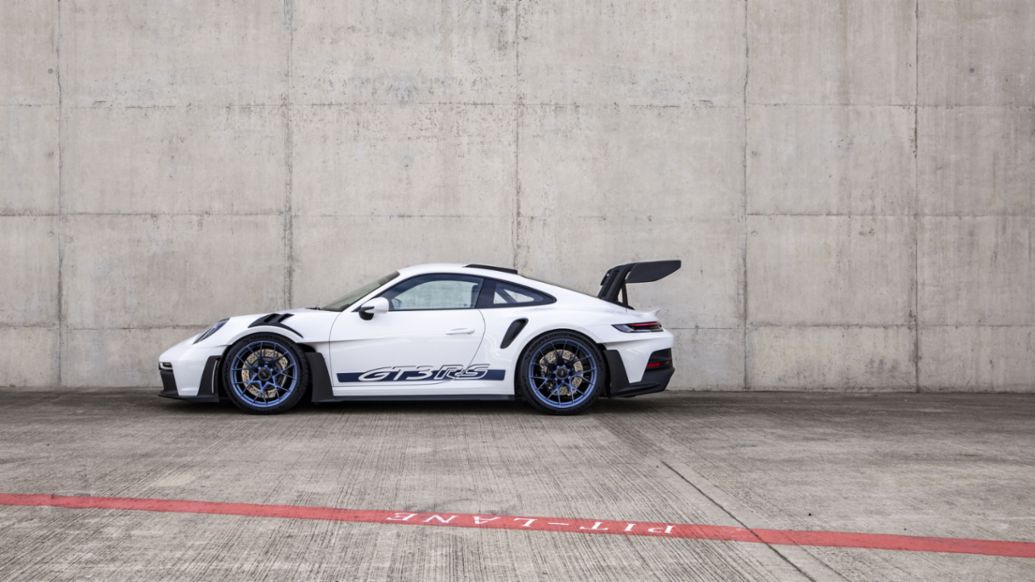
A 911 disappears in a cloud of dust with Achim Lamparter behind the wheel, negotiating the 130-foot-tall Big Red with confidence. “You’ll never make it up there,” the words of his colleagues in the Cayenne series echoing in his mind. After all, Big Red is the largest of all the sand dunes in the United Arab Emirates. But Lamparter knows just how to apply the accelerator and control the steering wheel as he drives up and then down again. His 911 Dakar is the first standard offroad 911 — and chassis specialist Lamparter the main project manager. “Our aim was to develop top-notch driving characteristics — even for extreme tracks you’d never consider for the 911.” That’s why the Porsche experts test the cars at extreme locations and under extreme conditions, always with a focus on customers.
It took three and a half years to develop the off-road 911 Dakar, the soul of which resides in its chassis. Lift system increases the maximum ground clearance to 191 millimeters (7.5 inches), which is 8 centimeters (0.3 inches) more than that of the sports suspension of the 911 Carrera. The whole thing is designed for up to 105 mph and all the more robust thanks to the stainless steel-reinforced front and rear, the side skirts, the red towing lugs of forged aluminum, the protected transverse links, and the specific suspension struts.
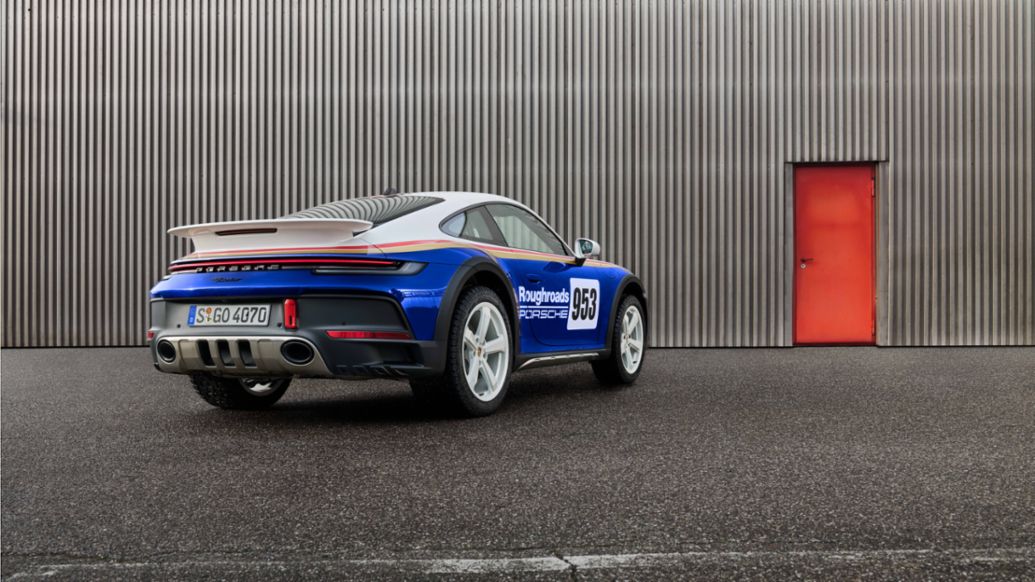
Five driving modes are available to choose from, including the new rear-oriented Rally mode for playful drifting on gravel as well as the Off-road mode for maximum traction on sand and uphill tracks. All-terrain tires come as standard and provide the necessary traction even when conditions are unfavorable, whilst a specially applied Rallye Launch Control guarantees fast acceleration on gravel.
Some of the 2,500 vehicles in the limited edition will come with the Rallye Design Package. The look pays homage to the Porsche 953, winner of the 1984 Paris–Dakar Rally, and its successor, the 959, both of which featured distinctive paintwork. Golden and red decals adorn the white and blue two-tone paintwork. An optional roof rack with LED light bar for folding spade, water and petrol tanks, sand ladders, and especially robust gear is available through Porsche Tequipment.
An Extraordinary Time of 6 Minutes and 49.328 Seconds on Nordschleife
Jörg Bergmeister doesn’t need this equipment in his 911 on Nürburgring. The Porsche pilot completes the 20.8 kilometers (12.92 miles) of Nordschleife in 6:49.328, an extraordinary time for a series production car, the new GT3 RS. In addition to its 518 hp (386 kW) high-rev naturally aspirated engine and intelligent lightweight design, it’s also the cooling and aerodynamic concept, in particular, that transfers pure racing technology to the road. Rather than a trunk, the 911 GT3 RS features a central radiator at the front, which reduces the weight and creates space for the installation of side wing modules.
Correspondingly, the rear features the largest rear wing of all Porsche GT road vehicles to date, which is infinitely adjusted in accordance with the flaps at the front for downforce on a par with that of a thoroughbred racing car. With the GT3 RS, Porsche has also implemented its first-ever drag reduction system (DRS). As in Formula 1, the driver can flatten the wing at the touch of a button to achieve maximum speeds on straight stretches.
Production on rare vehicles such as the 911 Dakar and the 911 GT3 RS has been discontinued in Zuffenhausen, where all Porsche two-door sports cars are manufactured on a single assembly line — whether 718 Boxster, 718 Cayman with mid-engine, or any of the 911 variants, including Coupé, Cabriolet, Targa and racing cars. With rear and all-wheel drive, in a variety of country packages and individually configured, down to hand-sewn leather door panels and cockpit features from the company’s own saddlery. The astonishing drive for perfection makes it possible to produce one unique vehicle after another here despite all the complexity.
Creativity and ability in development and series ensure the uniqueness and desirability of our brand. Michael Steiner, Member of the Executive Board responsible for Development
Take for instance the 911 Dakar, which is first painted in white and then sent to a specific assembly line to create its two-tone look. The body is sanded by hand, the upper section masked with film and adhesive tape, and the lower section painted in Gentian Blue using a spray gun. The 911 Dakar then passes through the main assembly line twice for application of a clear coat, with more sanding in between. “This allows us to soften the transition between blue and white before the third run, so that it’s not raised underneath the golden stripe later on,” explains 42-year-old Martin Krieger, who as process planner at the paint shop is in charge of special vehicles and personalized paintwork. Only then is the offroader returned to the normal line. Later in assembly, the active lift system with pump and lines also require special measures such as the extended suspension struts when bringing the body and chassis together.
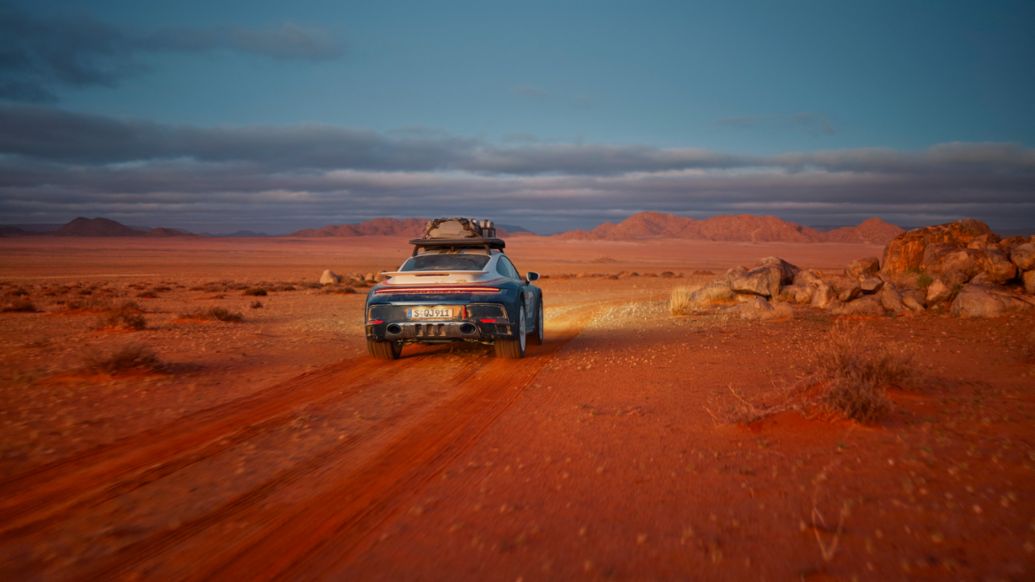
“The 911 GT3 RS is much more complex for us,” says 40-year-old Andreas Mattes, who’s in charge of planning assembly. The new roadlegal sports car is the first series production car with CFRP door, which is one of the reasons why the GT3 RS has to leave the normal production stations. Even the carbon fiber cage, the single-cooler concept, and the opulent aerodynamic attachments change the construction sequence.
“Despite all the unique features, we’ve integrated the 911 Dakar and the 911 GT3 RS into our assembly line in a way that is not only efficient and homogenous, but also ensures quality,” emphasizes Mattes.
The Director and the Timing
Frank-Steffen Walliser is the master of the matrix at Porsche. As Vice President Complete Vehicle Architecture and Characteristics, he is responsible for a consistent set of premises in development and the resulting overall concepts for future Porsche vehicles. These concepts are then implemented in the proven product line organization at Porsche, an approach that operates under the term “systems engineering.”
Walliser was an intern, a student, and a doctoral candidate at Porsche and then responsible for the 918 Spyder super sports car, the GT motorsport, and the 911 and 718 series. “In the 1980s, special 911 models were primarily developed for motorsport,” says the 53-year-old. “For example, the 935/78 Moby Dick and the 911 were developed for the Paris–Dakar Rally. It was about establishing new technologies such as turbocharging and all-wheel drive.”
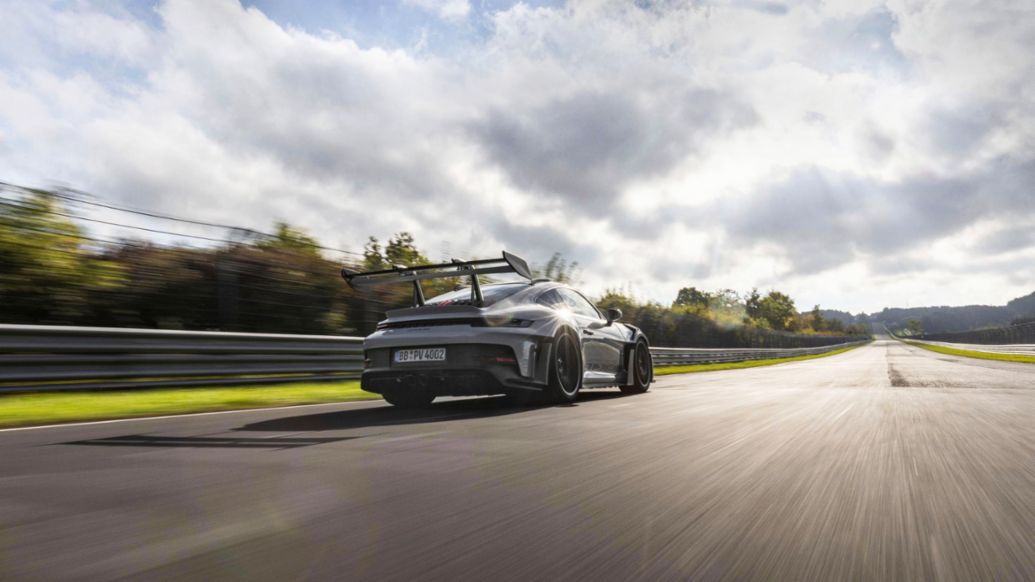
Today, Walliser allocates all platforms along with the corresponding vehicle concepts to his matrix, which offers sections for requirements, desires, and dreams in the categories all-arounders, sports cars, and purists.
Part of his responsibility is to make these a reality, resulting in extremes that few could imagine.
“Exhausting all possibilities” is how Walliser refers to the creative unwillingness to compromise — as with the 911 GT3 RS, “every drop of the body, every air outlet, and even the fin on the roof have an impact on performance.”
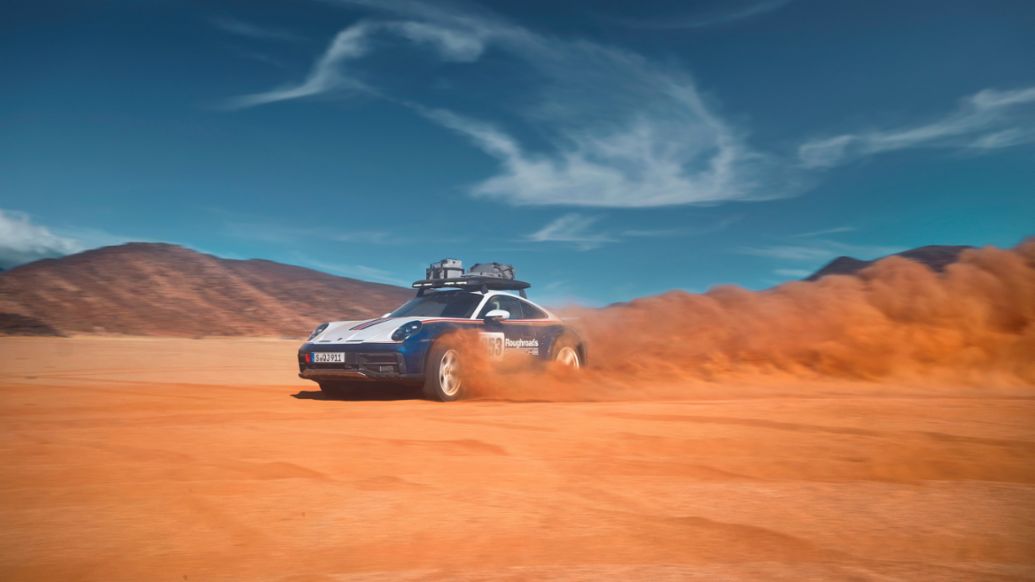
Which derivative will fit into the portfolio is one question. The other is, when will it fit the best? The 911 writes its own manuscripts and doesn’t conform with the usual sales cycles. Typical of the industry is a sharp rise after the market launch, which is followed by waning desirability and a face-lift to trigger the second peak, before it’s time for a successor. “Whenever we introduce a new generation, a portion of the community that loves the current 911 responds with skepticism — and then makes a real effort to buy the old model,” says Walliser. “Two years later, everyone has driven the new model and discovered its benefits. They end up placing an order.” That’s when it’s time for the first derivations — Turbo, Turbo S, GT3, GT3 RS, GTS, T, Targa — with new ones every six to eight months.
Portfolio management through excitement. Its own heritage acts as a sporty antiaging program, with the main character remaining young for all time.
Info
Text first published in the Annual & Sustainability Report 2022.
